
Excel's new checkboxes are set to enjoy a popularity surge
Checkboxes have just got a lot better.
If you're an Excel long-timer, there's a good chance you're already aware of the existing ones. You might have used them for to-do lists, task management, or interactive dashboards. However, you'll probably agree they are rather frustrating to work with.
Why are the current checkboxes bad?
Reason #1
They are not easily accessible. You must go to File > Options > Customise Ribbon and enable the Developer tab. Here, you can then select the Check Box form control from the Insert dropdown menu to draw on the worksheet grid.
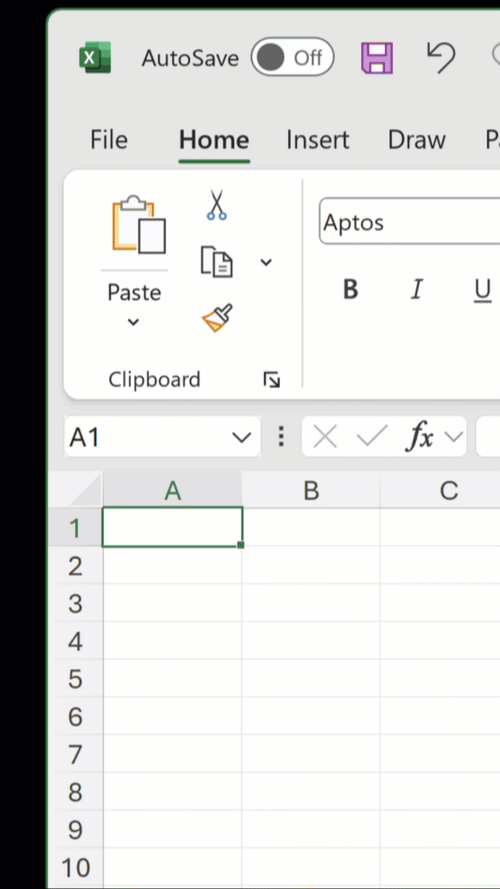
Reason #2
They require a designated cell link reference to determine the checkbox’s state as TRUE or FALSE, which is found in the Format Control window. This is necessary as formulas cannot directly reference the checkbox.
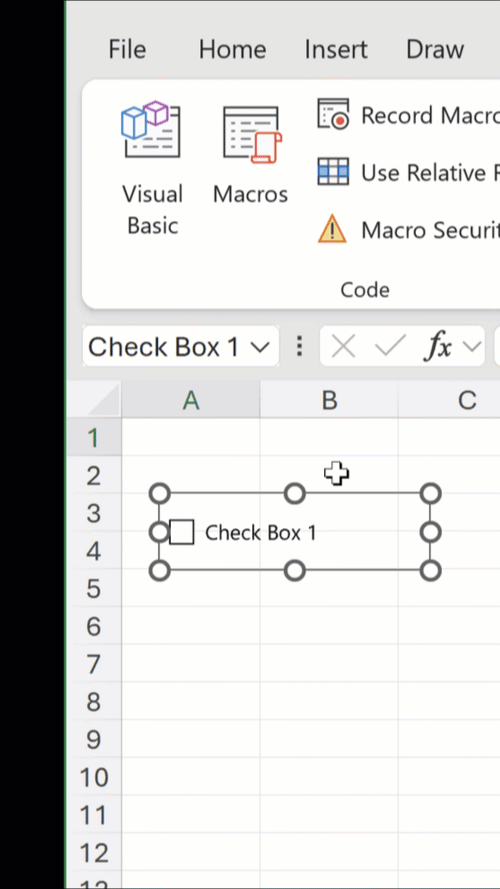
Reason #3
They are only compatible with Excel for desktop, so you can't use them on the web or mobile app.

Reason #4
They are pixelated when zooming in, which really does make them look antiquated. Look how jagged that tick is!

Reason #5
Their colour cannot be changed, either statically or through conditional formatting. You can only change the background and border colour.
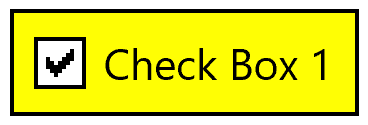
Reason #6
They cannot be housed in cells, so they sit merely on top of the grid, making them detached from everything cell-based. This can mess up the visual appearance of your worksheet by making things like alignment more difficult, especially if you require many checkboxes.

Reason #7
They cannot be resized. You can only adjust the size of the container a checkbox is housed in, which is a bit pointless!

It gets better…
Thankfully, an update started rolling out to Microsoft 365 Insiders a few months ago, allowing you to take advantage of the new type.
If you're not already an Insider, it's well worth becoming one if you're desperate to try out new features like this! Go to Microsoft's webpage to find out more information.
It's fair to say there are many similarities to Google Sheets' checkboxes, which have been lauded for their superiority over the years. However, Excel's new ones not only match them but have a few more bells and whistles!
Why are the new checkboxes better?
Reason #1
They are easily accessible — the Checkbox button is found on the Insert tab. Clicking it inserts a checkbox in the active cell or in each cell of a range.

Reason #2
They can be resized by changing the font size. You probably won't need a ginormous checkbox, but it's nice to know it's possible!
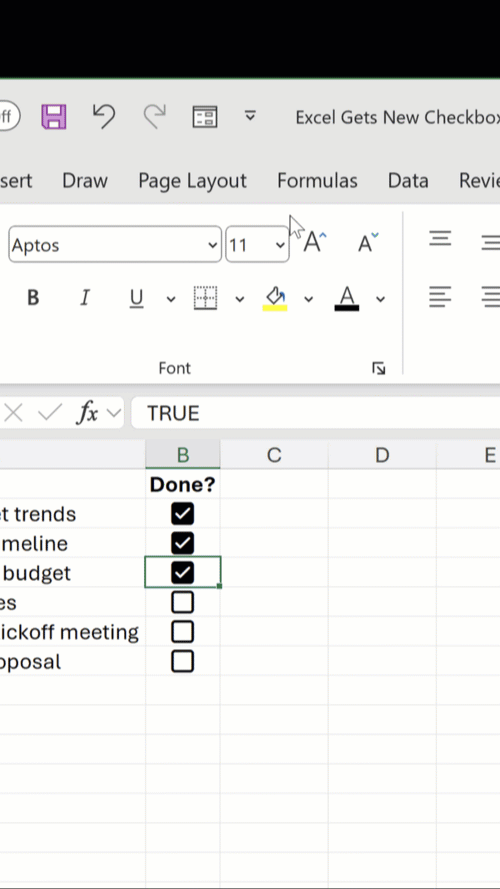
Reason #3
They can be any font colour. This means you can choose from up to 16 million colours in Excel's palette!
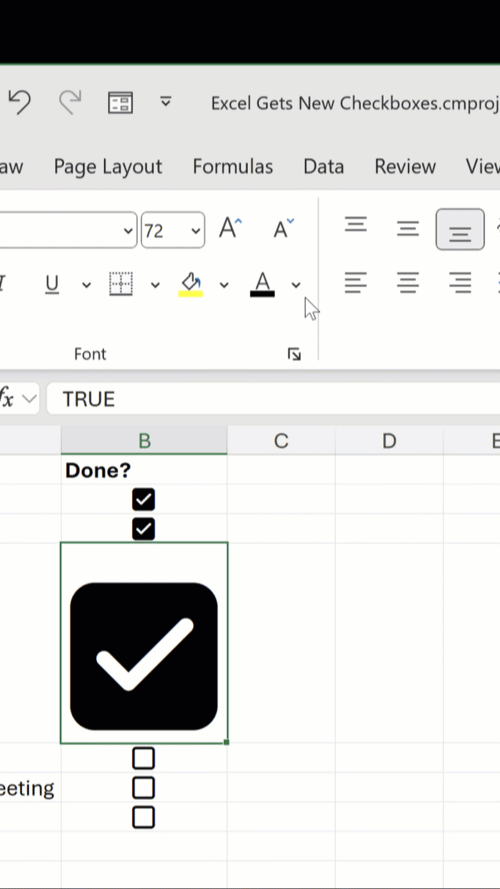
Reason #4
They don't become pixelated if you increase their size or when zooming in. Perfect for viewing on high-res monitors!

Reason #5
The TRUE or FALSE value is built into the same cell as the checkbox, so there's no separation between the two anymore.


Reason #6
The spacebar can be used instead of the mouse to toggle between the TRUE and FALSE states.

Reason #7
If you delete a checkbox, it doesn't go away entirely, as hovering over it causes a 'ghost' checkbox to temporarily appear. Clicking on it again then reactivates the permanent one.

How can the new checkboxes be used?
One of the best things is how the new checkboxes can be combined with conditional formatting to help visually enhance our worksheets.
In this to-do list example, the checkbox and text are red for uncompleted tasks, whereas they're green for completed ones along with struck-out text.
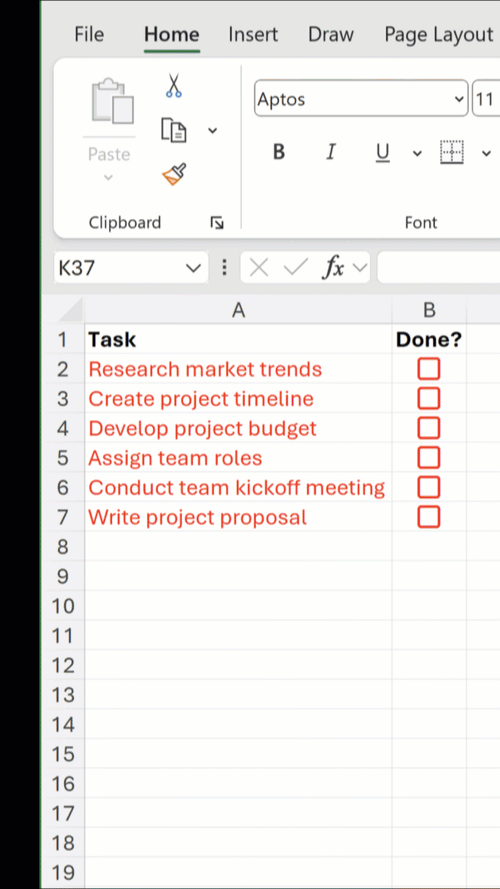
They also serve as a user-friendly filter feature, which you can use on a dataset.
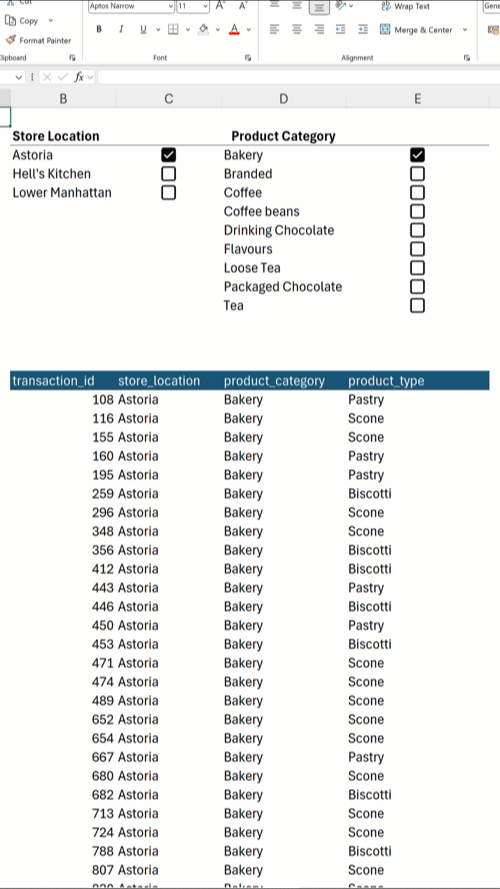
Or, how about to filter a chart?

Conclusion
There's no doubt the new checkboxes are a much-welcome addition to Excel. What's certain is they will be used by far more people than the current ones are, thanks mainly to their accessibility and compatibility. Moreover, you've already seen a glimpse of their versatility, so it'll be interesting to see the innovative uses for them going forward.
What will you be using the new checkboxes for?
For more Excel tips and tricks like this, check out our Video Tutorials page.
365-Day Digital Access
Your exclusive all-access pass to our entire digital learning experience for a whole year.




.png)